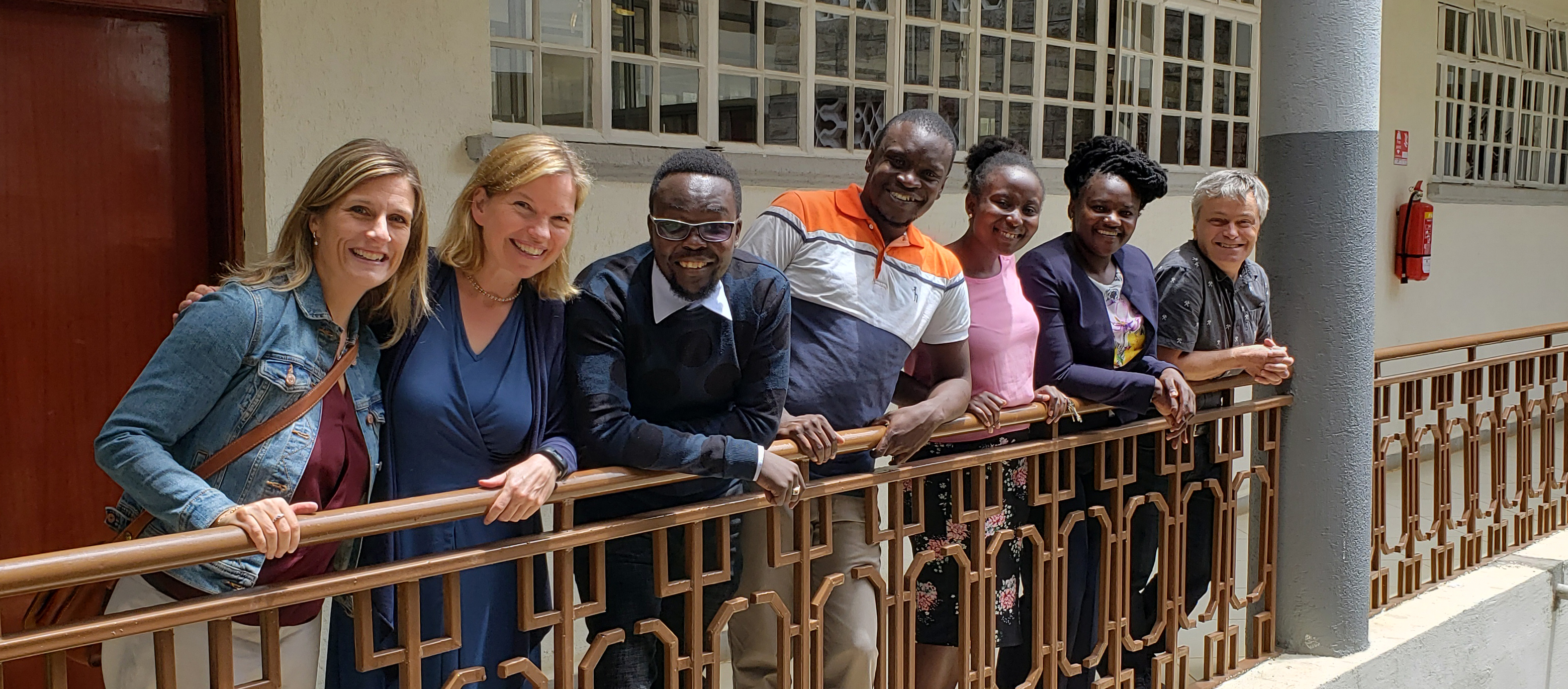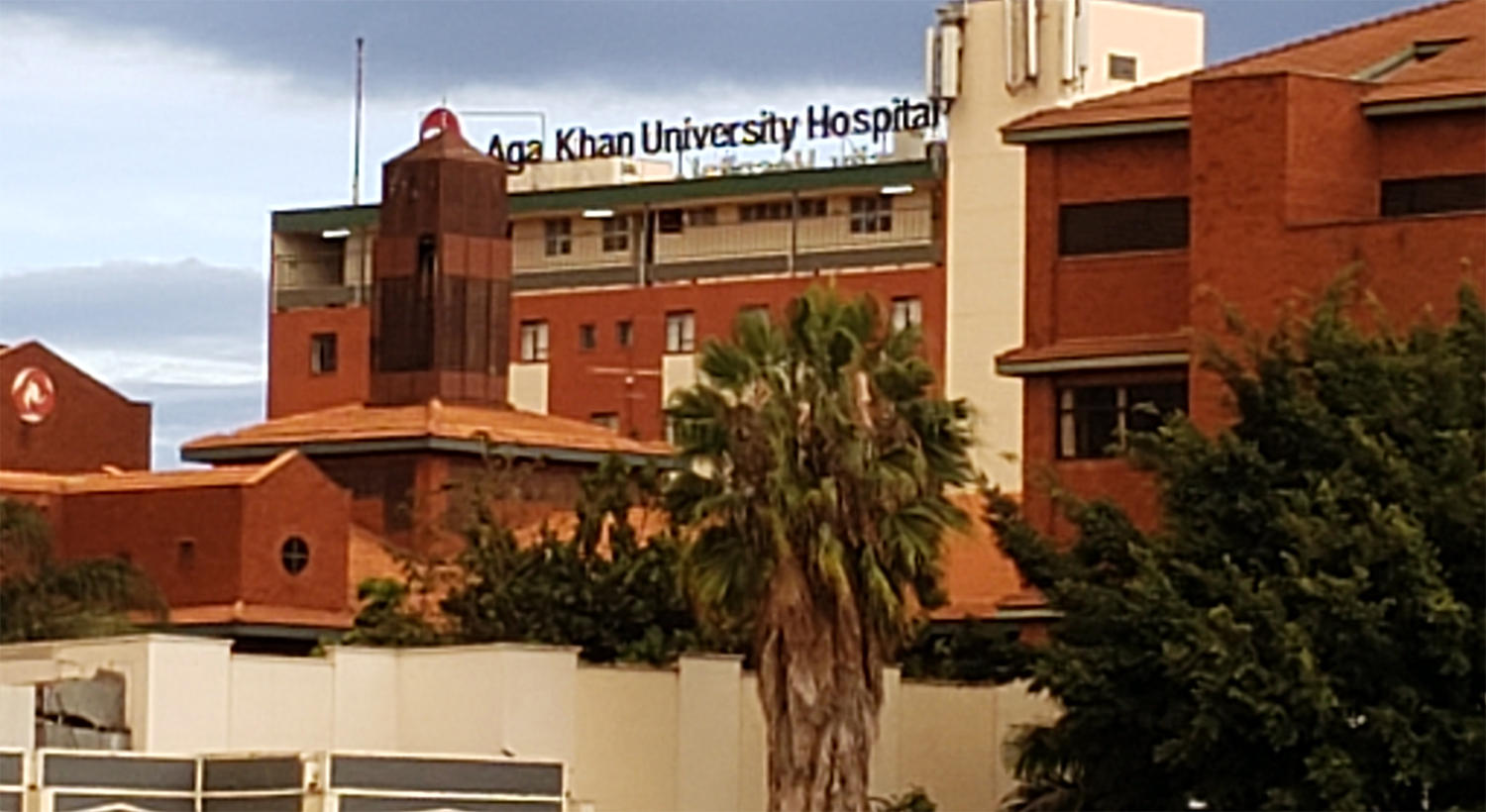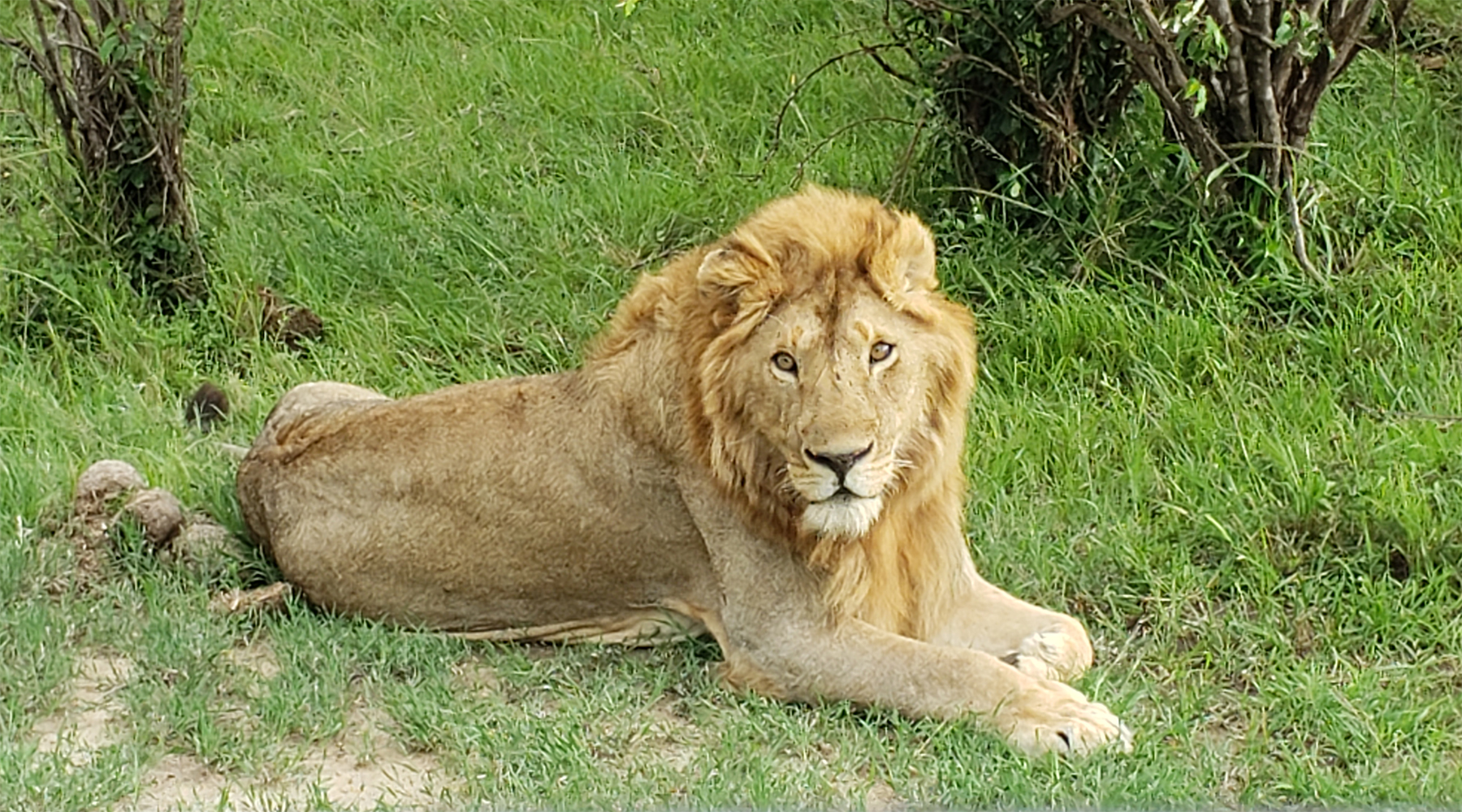Education-Focused Sabbatical in Kenya


At AKU, I helped evaluate and then redesign the curriculum for their proposed new Bachelor of Science in Medical Laboratory Science Program (MLS). I was in a unique position to have the time and mandate to collaborate with educational leaders at AKU and to organize meetings to have faculty and staff from different Departments, Programs, and Networks share ideas with one another. The MLS Program will have some common courses with the proposed new Programs in Medicine, Public Health and Medical Imaging. Consequently, I consulted on these common courses as well. My last day at AKU, I attended an early site visit with the Kenyan Medical Laboratory Technician and Technologist Board. There is still a considerable way to go before going up for accreditation for the MLS Program, but the bones and tenants of the Program are sound. I think this will be an excellent Program, harnessing all that AKU has to offer, including an amazing clinical lab.
We were charmed by this Nairobi neighbourhood. I was in heaven seeing Sykes monkeys on the rooftops of the hospital buildings and baboons on the sidewalks on my way home.
While working at AKU, my partner Jim and I were provided with accommodation in an apartment just a five-minute walk from the hospital. We were charmed by this Nairobi neighbourhood. I was in heaven seeing Sykes monkeys on the rooftops of the hospital buildings and baboons on the sidewalks on my way home. Many Sundays, we would go to Nairobi’s Uhuru (meaning Freedom in Swahili) Park to enjoy watching families spend their Sundays together. We even joined 2 rallies while we were there – one for the Green Belt Movement to protect the Park and one about Good Governance. The same struggles are experienced all around the world, it seems.

Africa MicroResearch is a Program that has provided training for over 800 participants on how to conduct health-related research. Drs. Bob Bortolussi and Noni MacDonald at Dalhousie University founded Africa MicroResearch and have helped launch 25 projects in different regions of Africa. The MicroResearch project at Kabarak University in Central Kenya is supported by Academics Without Borders (AWB). Jim and I submitted a successful proposal to be volunteers for AWB for our part of the project at Kabarak. The Family Practice Residency Program at Kabarak adapted the classical MicroResearch course to better fit their learners a number of years ago. Dr Bortolussi and the Residency Program leadership asked us to evaluate the adapted course and to make recommendations. This involved attending all sessions, coaching one of the pairs of residents, reviewing teaching materials, interviewing instructors and alumni, and observing the residents’ final presentations of their research question, study design, ethical considerations and plans for data analysis. Many excellent, useful, and practical plans for course improvements evolved through discussions with the residents, graduates of the Program, MicroResearch course instructors, Kabarak Medical leadership and the Dean of Research.

Kabarak University is about 1 hour from Nakuru National Park so the day before we went back to Nairobi, we hired a driver with a safari truck and had an amazing 8-hour game driving in the Park. Nakuru Park used to be known for the pink flamingos but with changes in weather and alkalinity of the lake water, the flamingos’ food source is in much shorter supply and they have largely moved on to other locations. Nakuru Park is now known for its density of rhinos and has both white and black rhinos. In addition to seeing both types of rhinos (including an infant white rhino), buffalo, antelopes, baboons, monkeys, amazing birds, hippos, giraffe, and zebra, we also saw our first lion! I could go on (and on) about the wildlife and our amazing safari experiences, but will leave that to be the focus for an article in the next Path newsletter!
My sabbatical adventure could not have been possible without the incredible people who stepped in for me and ran the BMLSc program and my courses with competence and style. Heartfelt thanks to Drs Michael Sutherland and Sophia Wong for being co-directors, to Joanne Wouterse for providing expertise and advice to the directors (just as she provides to me), and to Dr. Juliana Li, Jenny Tai, Dr Elisabeth Maurer, and Dr Deborah Chen for taking over my courses.

